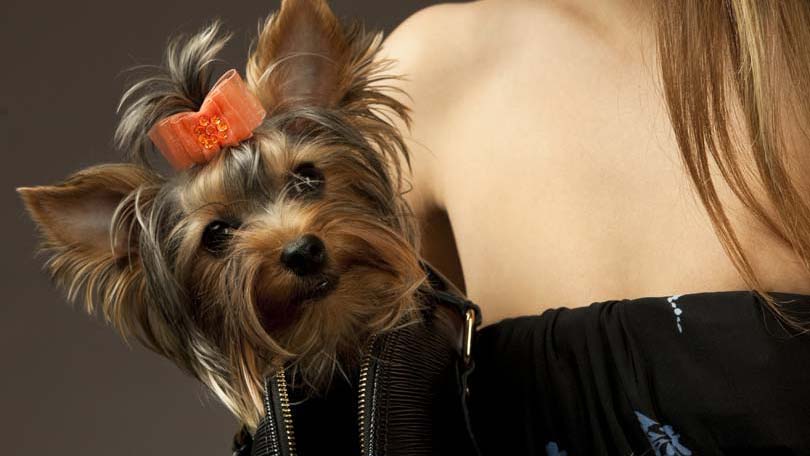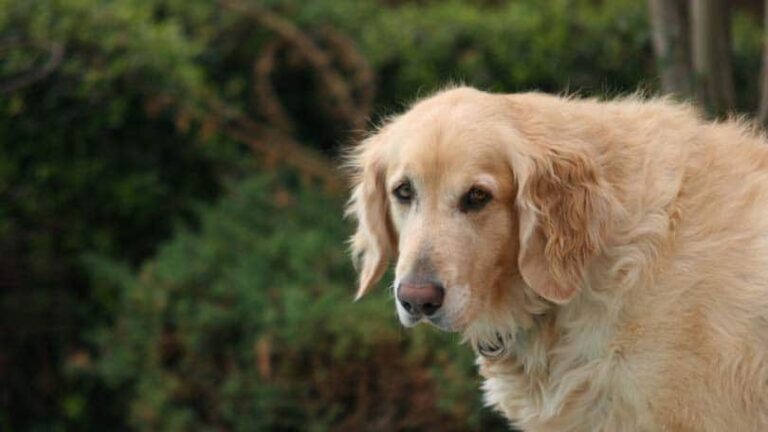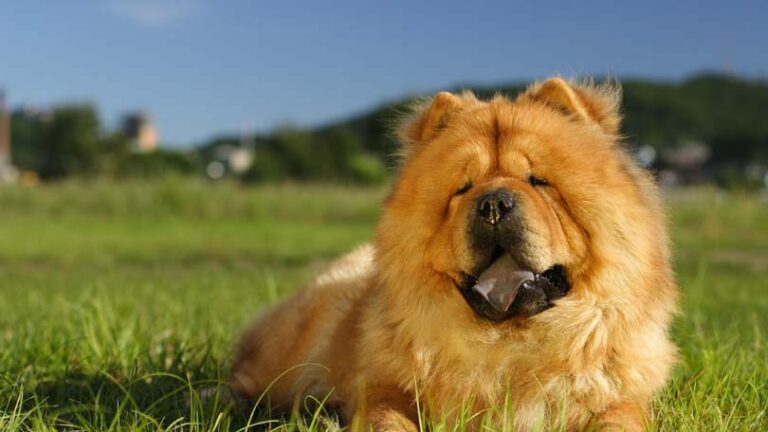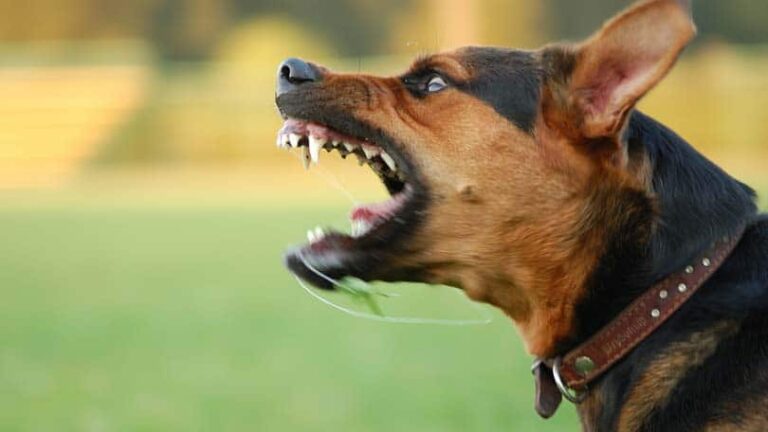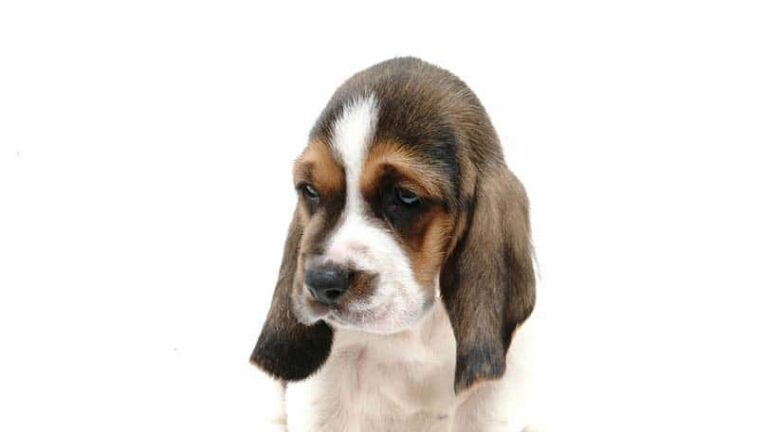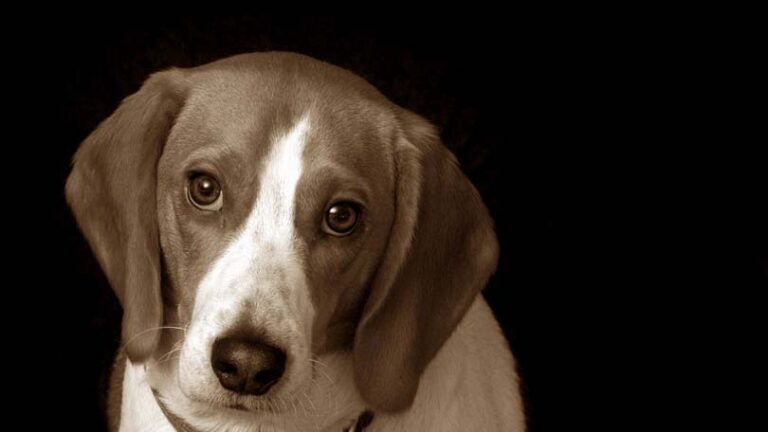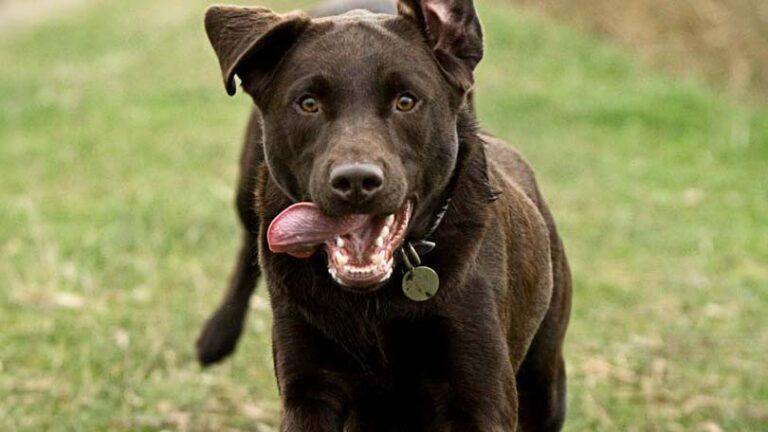Yorkshire Terrier- Breed Information
The Ratter turned Companion – bold, courageous, active, and alert lapdog
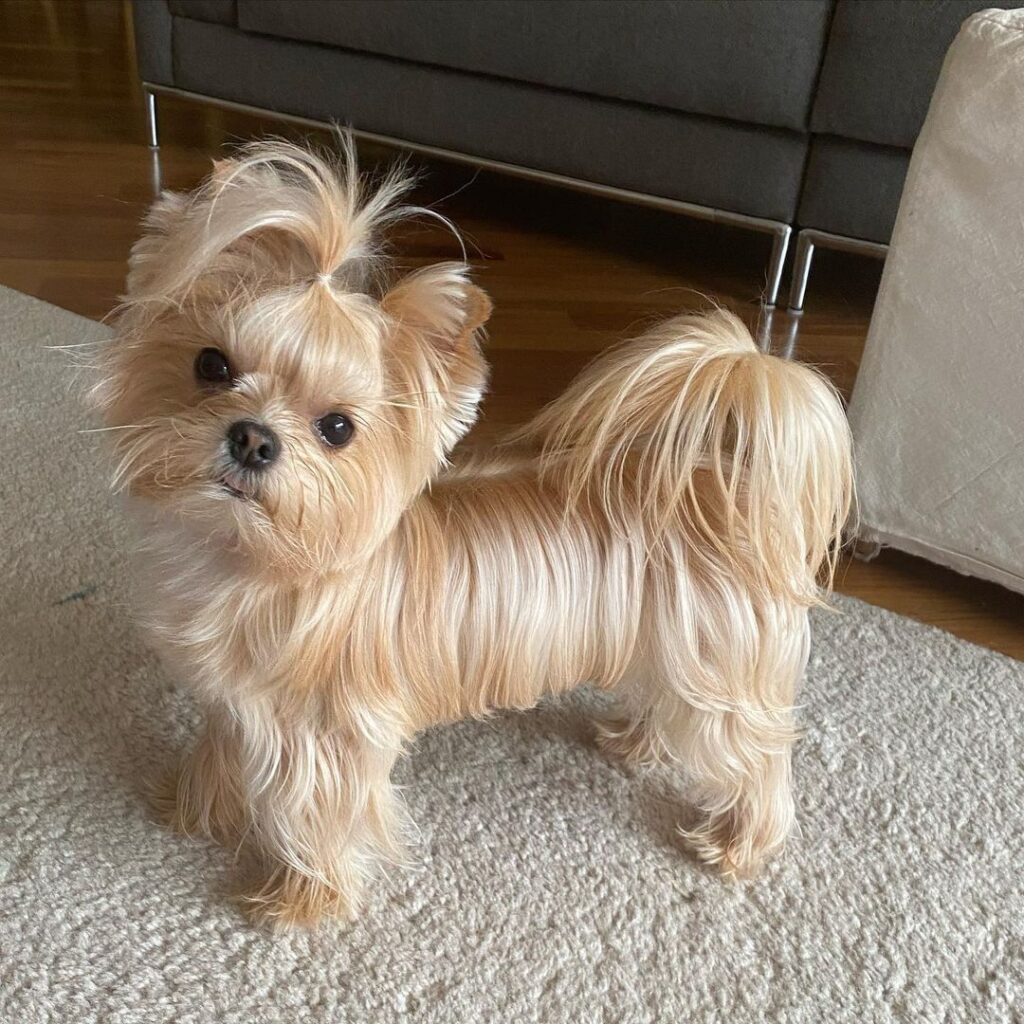
History and Origin of the Yorkshire Terrier
Originally bred to catch rats in clothing mills in nineteenth century Yorkshire, Yorkies are a big dog in a diminutive package. Like many of the terrier family, they were owned by the working class and kept as working dogs, not dogs of leisure. However, it was not long before the affluent families of England and Europe realized the versatility of the breed.
The Yorkie Coat & its Care
Yorkshire Terriers are best known for their long, silky coat. In fact, when first developed in the clothing mills in Yorkshire, the coat was described as the ultimate product produced by the millers. Long, straight, luxurious, and silky, in the show ring, Yorkies are judged on the color, quality, and texture of their coat.
Over the neck and back, Yorkies must have a saddle of rich blue-black while the head, chest, and legs should be a bright, rich tan. Off color puppies cannot be shown and should not be bred as the off-color has been linked with genetic defects within the breed.
Caring for the coat is a labor of love for many Yorkie owners. Unless it is kept well trimmed, it requires daily brushing, weekly bathing and even oiling with light coat oil. Once that is done, the coat is then wrapped in rice paper, tissue paper, or plastic to keep it safe from breakage. These coat ‘packages’ must be checked daily to make sure they do not slip and damage the coat. Many show Yorkies are then kept in stockings or similar foot coverings so that the feathers on the back of their legs do not become damaged.
Yorkshire Terriers are considered a ‘hypoallergenic’ breed.
AKC Show Standard *
General Appearance – That of a long-haired toy terrier whose blue and tan coat is parted on the face and from the base of the skull to the end of the tail and hangs evenly and quite straight down each side of body. The body is neat, compact and well proportioned. The dog’s high head carriage and confident manner should give the appearance of vigor and self-importance.
Body – Well proportioned and very compact. The back is rather short, the back line level, with height at shoulder the same as at the rump.
Tail – Docked to a medium length and carried slightly higher than the level of the back.
Coat – Quality, texture and quantity of coat are of prime importance. Hair is glossy, fine and silky in texture. Coat on the body is moderately long and perfectly straight (not wavy). It may be trimmed to floor length to give ease of movement and a neater appearance, if desired. The fall on the head is long, tied with one bow in center of head or parted in the middle and tied with two bows. Hair on muzzle is very long. Hair should be trimmed short on tips of ears and may be trimmed on feet to give them a neat appearance.
Weight – Must not exceed seven pounds
* Copied in part from the American Kennel Club breed standard
Temperament
The Yorkie is famous for its ‘small dog syndrome’ personality. Bold and courageous, this toy breed is known for the fearless and often noisy protection of it’s owners and home. They are an intelligent breed that loves their people and require a lot of mental stimulation to remain happy and content.
For 2009, Yorkies sit firmly in the third position of most popular breeds in the United States. Although they have registered in the top ten for over ten years, they have steadily climbed in popularity in recent years. Celebrities such as Paris Hilton have popularized the ‘purse dog’ phenomenon without understanding the consequences behind their actions. A sudden increase in popularity is never a positive step for any breed of dog.
Like many small terriers, they are not good with other dogs or with small children.
Lifespan & Health of the Yorkshire Terrier
The average lifespan of the Yorkshire Terrier is between ten and fifteen years. Extremely small Yorkies under 3 pounds are especially short lived in comparison to other small breeds because of a pre-disposition to diarrhea and vomiting. Normal-sized Yorkies are more prone then other breeds to injuries from falling, playing with other dogs, or being stepped on by clumsy owners.
Yorkshire Terriers are prone to many genetic defects and care should always be taken when choosing a breeder. These conditions include:
- hypoglycemia
- distichiasis
- Luxating patellas – slipping or loose kneecaps
- hypoplasia of dens – non-formation of a picot point in the second cervical vertebra
- Legg-Calve-Perthes syndrome – a degenerative condition that causes a lack of blood flow to the upper part of the femur
- Portosystemic shunt – this is a congenital malformation of the vein that brings dirty blood to the liver for cleansing
- Collapsing trachea – weakening of the walls of the trachea (common in many toy breeds)
Yorkie Facts
- George Earl, a famous animal portraitist from the nineteenth century painted Huddersfield Ben, an equally famous Yorkshire Terrier stud dog.
- Smoky, the famous World War II war dog, is credited with increasing the popularity and interest in the breed after the war
- Yorkies are members of the Toy Group and are considered a ‘coated’ breed
- Recognized by the AKC in 1885

Having discovered a fondness for insects while pursuing her degree in Biology, Randi Jones was quite bugged to know that people usually dismissed these little creatures as “creepy-crawlies”.

